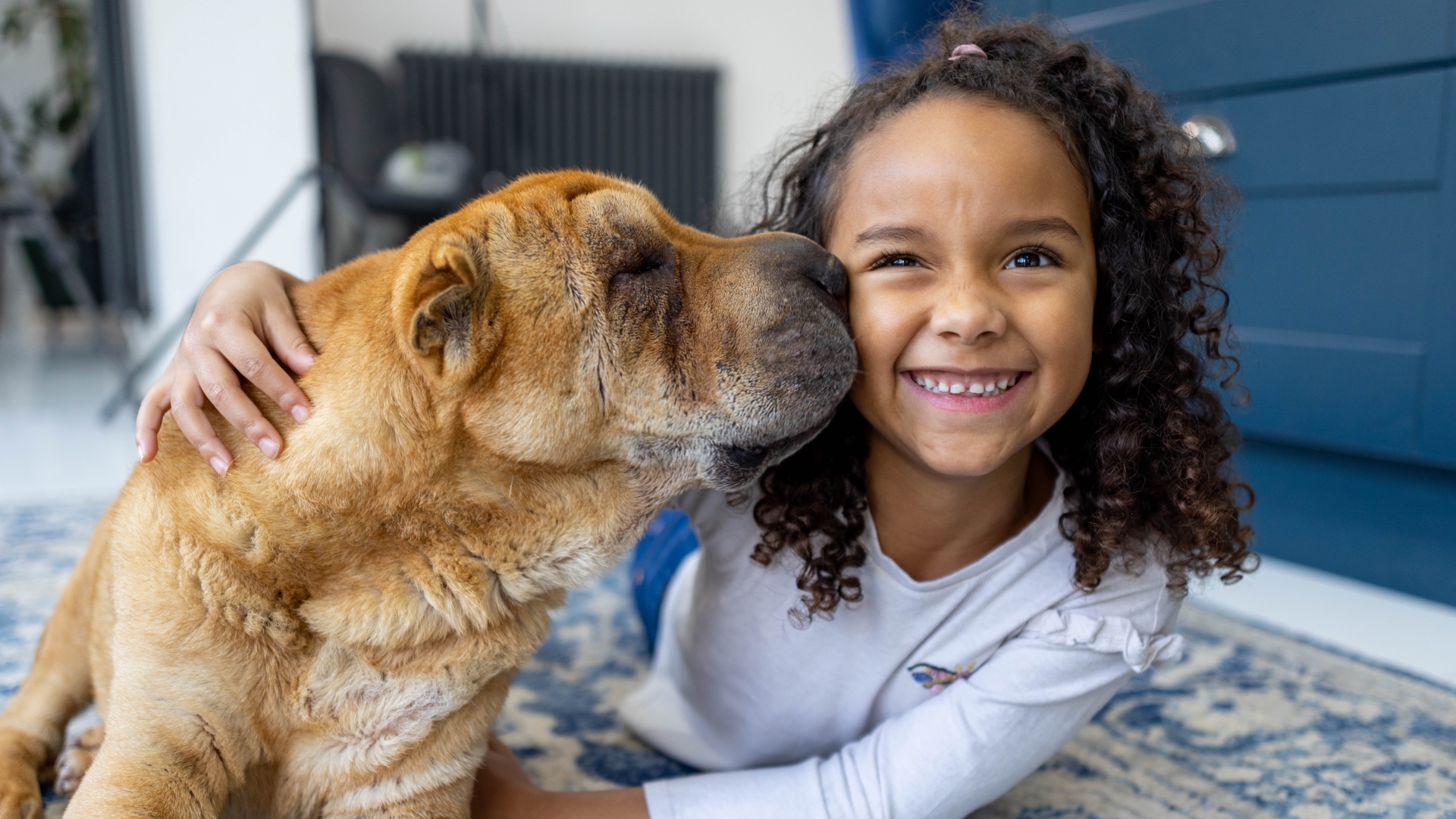 ### Helping Kids Cope with Losing a Pet
### Helping Kids Cope with Losing a Pet
When a beloved pet passes away, it’s a moment of deep sadness and heartache—sometimes feeling more intense than the loss of a person. This can be even more profound for children, for whom a pet is often a cherished friend or family member. For many kids, losing a pet may be their first taste of grief, shaping how they handle loss in the future.
A Gentle Guide for Grown-ups
Navigating conversations about death with kids can be very hard. It's a topic many adults prefer to avoid, but understanding life and death is crucial for kids. It takes courage to talk openly, and by doing so, you’re offering immense support. Here are some kind words of encouragement to help both you and the child through this emotional time:
Recognize Their Feelings
- Just like adults, kids need to feel acknowledged and heard.
- Let them express their sadness, anger, or confusion without judgment.
- Simply say, “It’s okay to feel sad that Max isn’t here anymore.”
Speak Clearly and Honestly
- Honest conversations are kinder in the long run.
- Avoid confusing phrases like “gone to sleep” to prevent misunderstandings.
- Using straightforward words like “died” helps them grasp reality.
Explain What Death Means
- Kids need to understand that death is final.
- Assure them their pet feels no pain where they are now.
- Explain that all living things eventually die but reassure them about your ongoing presence.
Reassure Them They’re Not to Blame
- Kids might think their actions somehow caused the death.
- Gently explain they are not responsible.
Celebrate and Remember Their Pet
- Create memory boxes, scrapbooks, or plant a tree in their pet’s honor.
- Encourage them to draw or write stories about their pet to keep memories alive.
Children might show their grief differently than adults, sometimes quickly shifting from sadness to wanting to play. This "puddle jumping" is normal and part of their process. It’s equally normal if they show little immediate reaction—feelings can take time to surface.
Discussing Euthanasia with Kindness
Sometimes, the hardest choice is saying goodbye through euthanasia due to illness or aging. Here’s a simple explanation of what happens, shared by Dr. Hannah Godfrey:
- Gentle Procedure: Vets ensure pets are calm. A small needle prick leads to a peaceful passing.
- Being There: Deciding if children should be present is personal. Prepare them for what they’ll see and reassure them they can change their mind at any point.
Honoring and Saying Goodbye
After a pet's passing, deciding how to lay them to rest can help with closure. Choose what feels right for your family, whether it’s a burial at home or a heartfelt ceremony. Let kids participate by adding flowers, drawing pictures, or sharing stories.
Sharing Your Own Grief
It’s okay to show your own sadness. Letting kids see you express feelings teaches them that grief isn’t something to fear. Assure them of your love and openness to talk whenever they’re ready.
Lending a Helping Hand
For additional support, reach out to organizations like the Association for Pet Loss and Bereavement. They offer helpful resources for families navigating the loss of a pet.
In closing, remember that you're brave and loving for being there for your child during this tough time. The bond between a pet and their family is a precious thing, and helping a child honor and remember that bond is a beautiful way to celebrate the love they shared.
Consider adopting another pet someday to bring more joy and companionship into your life. The love of a pet is truly a special gift.
华纳企业账户开户步骤?(▲18288362750?《?微信STS5099? 】【╃q 2704132802╃】